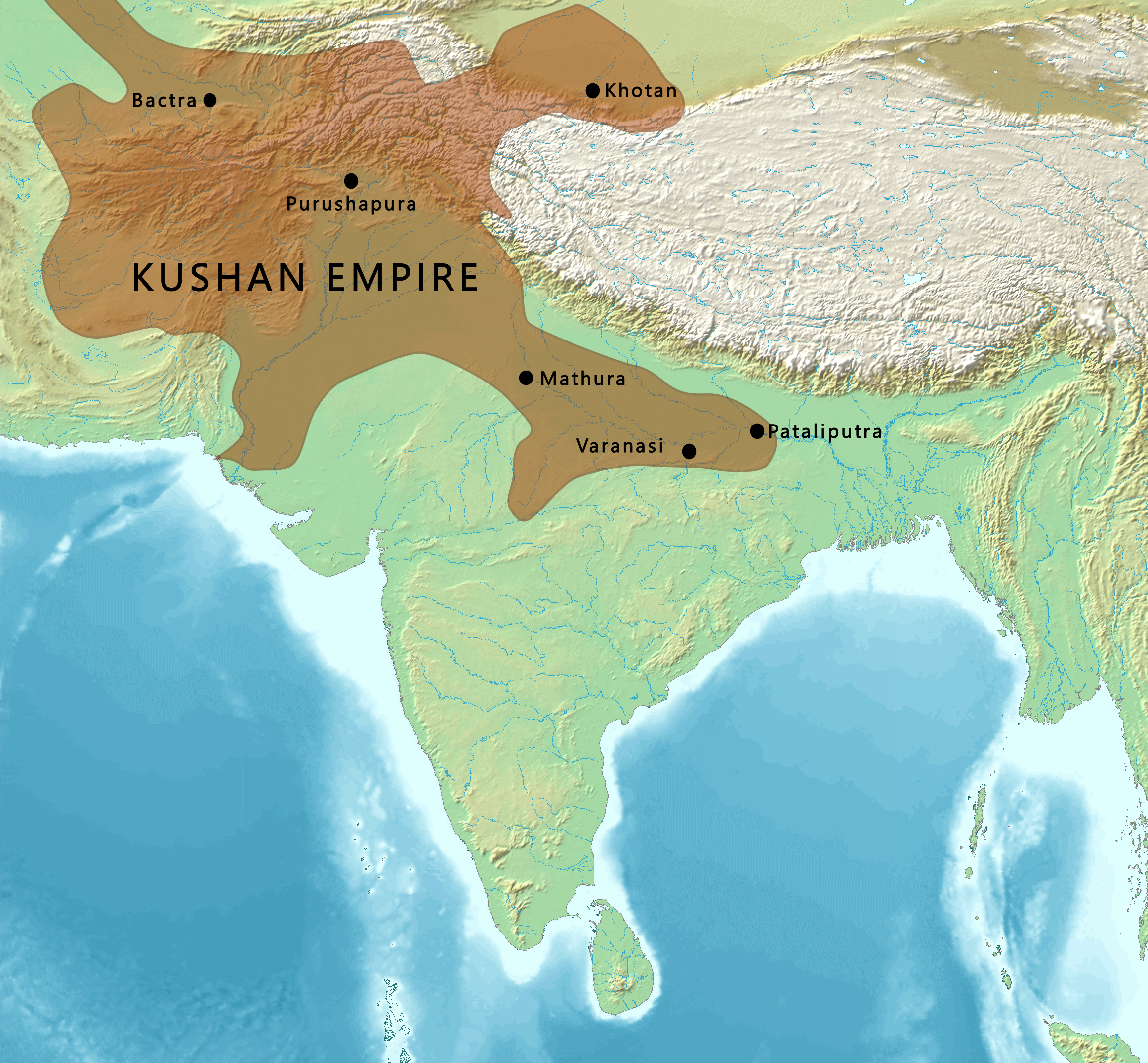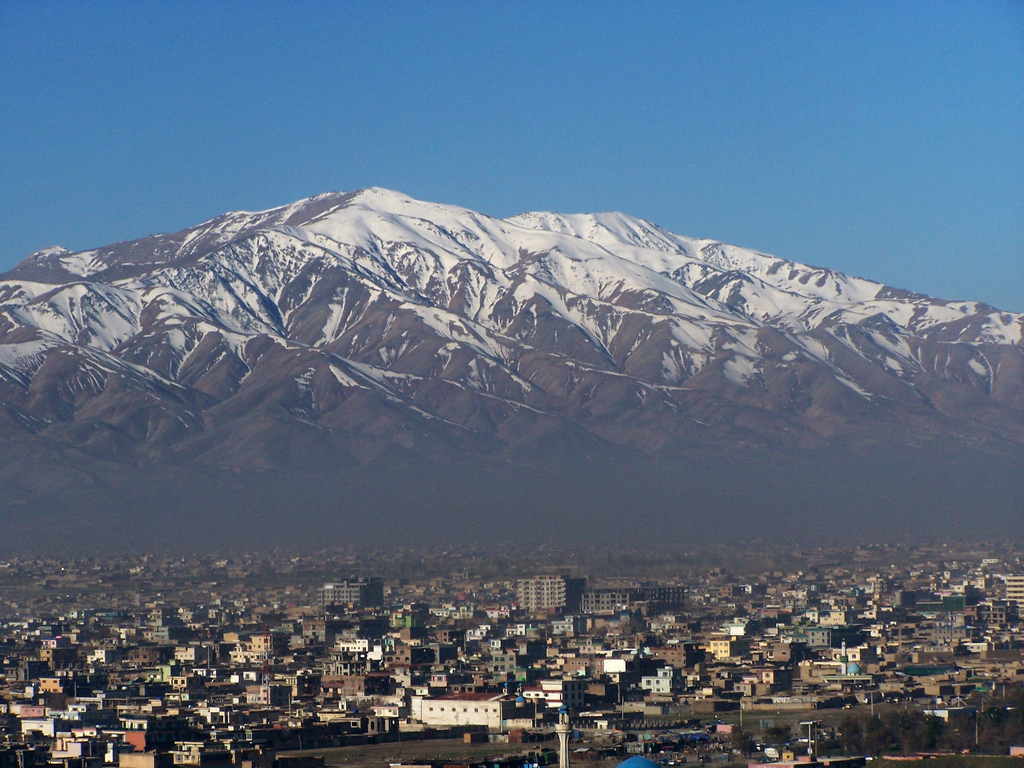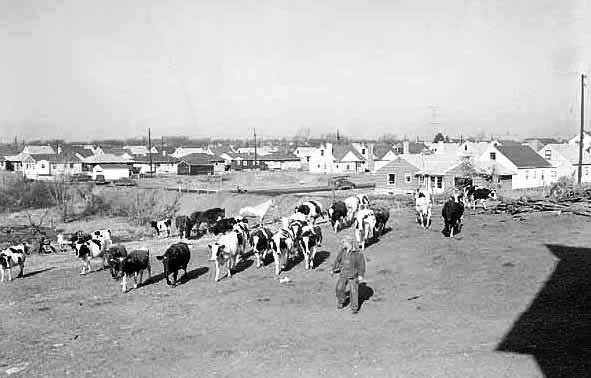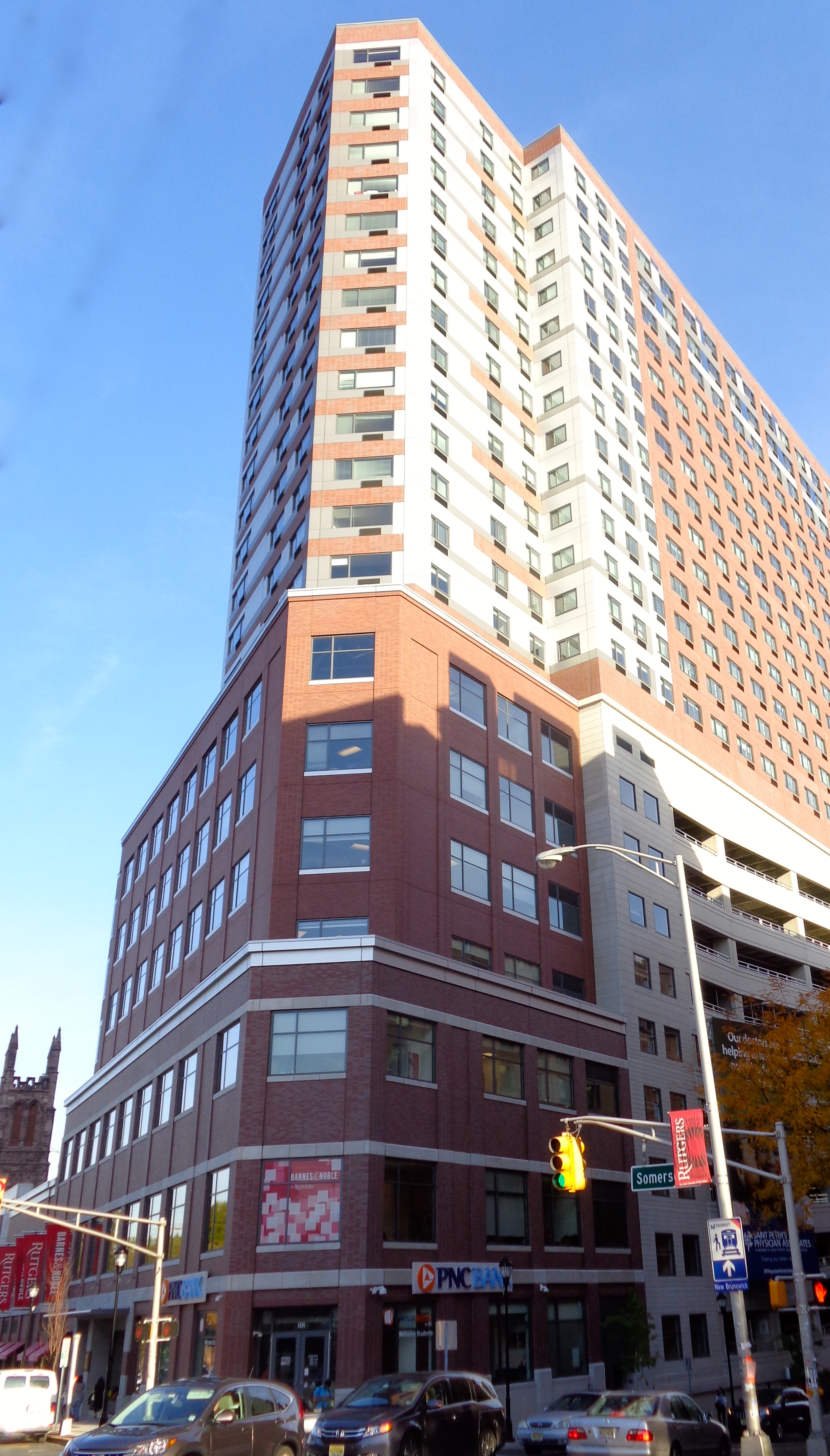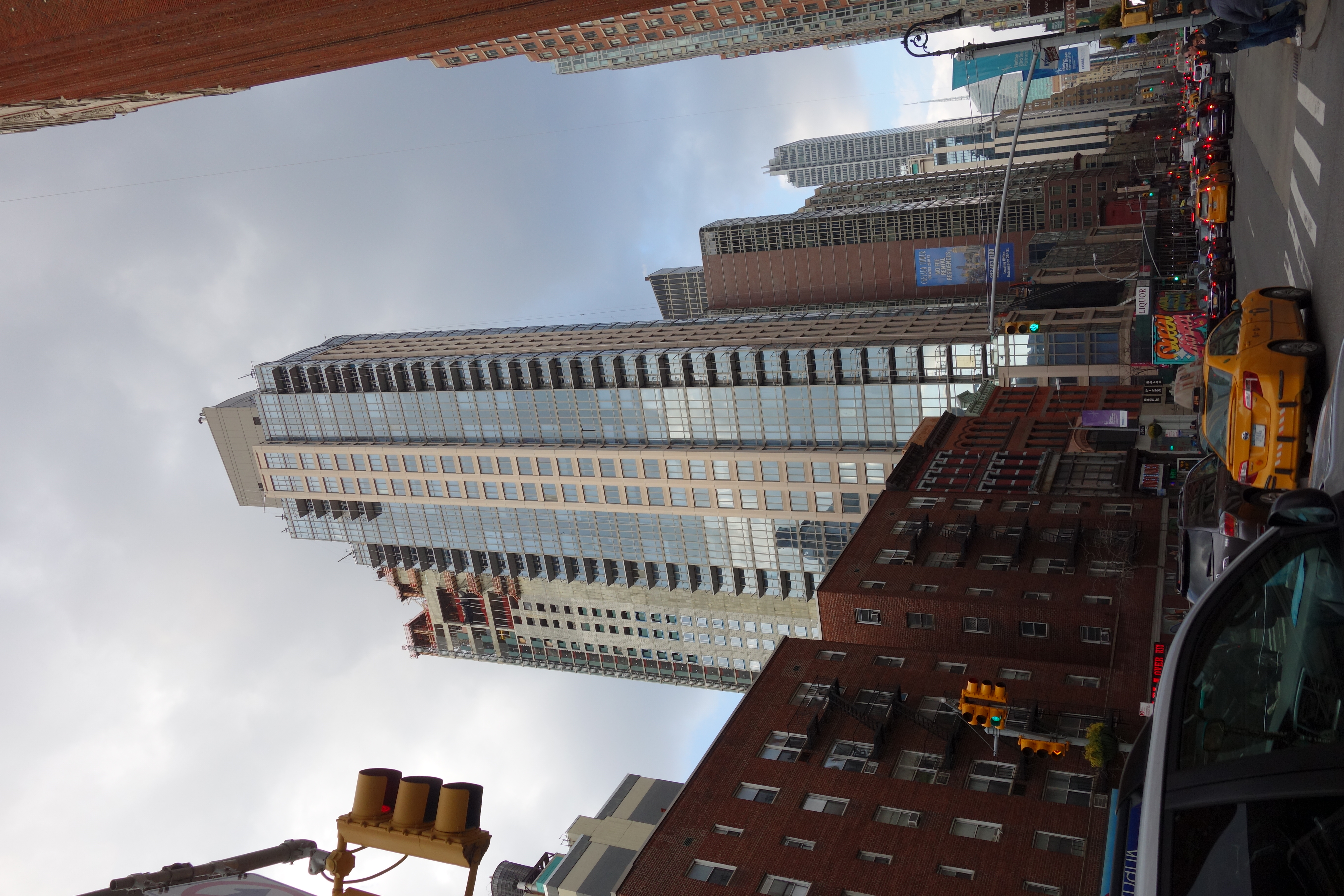|
Khair Khāna
Khair Khāna () is a neighborhood in north west Kabul, Afghanistan, part of District 11. It is predominantly a residential suburb about 6 km from central Kabul, with a boom of high rise constructions and modern apartments, as the area has seen major redevelopments. To its southwest is the Shamāli Square and the Kabul- Charikar highway. Most people living here are Tajiks. Some are Pashtuns. Khair khana has a beautiful park in that part of Kabul there are lots of Hospitals, Schools the privets and the Governmental school’s , Private courses, And a very famous place for shopping were has a lots of markets. This neighborhood has been considered as one most populated areas of Kabul city. History Construction of Khair Khāna began during the late 1960s and early 1970s, as a plan to expand the city of Kabul. It mostly consists of regular blocks and paved road grids. Many of its residents are ethnic Tajiks from the provinces north of Kabul. Some are Pashtuns who moved into the ne ... [...More Info...] [...Related Items...] OR: [Wikipedia] [Google] [Baidu] |
Neighborhoods Of Kabul
Kabul is the capital and largest city of Afghanistan. Located in the eastern half of the country, it is also a municipality, forming part of the Kabul Province. The city is divided for administration into #Districts, 22 municipal districts. A 2025 estimate puts the city's population at 7.175 million. In contemporary times, Kabul has served as Afghanistan's political, cultural and economical center. Rapid urbanisation has made it the country's primate city and one of the largest cities in the world. The modern-day city of Kabul is located high in a narrow valley in the Hindu Kush mountain range, and is bounded by the Kabul River. At an elevation of , it is one of the List of capital cities by elevation, highest capital cities in the world. The center of the city contains its old neighborhoods, including the areas of Khashti Bridge, Khabgah, Kahforoshi, Saraji, Chandavel, Shorbazar, Deh-Afghanan and Ghaderdiwane. Kabul is said to be over 3,500 years old, and was mentioned at the ... [...More Info...] [...Related Items...] OR: [Wikipedia] [Google] [Baidu] |
Provinces Of Afghanistan
The provinces of Afghanistan ( ''Wilayah, wilāyat'') are the primary administrative divisions. Afghanistan is divided into 34 provinces. Each province encompasses a number of Districts of Afghanistan, districts or usually over 1,000 villages. Provincial governors played a critical role in the reconstruction of the Afghan state following the creation of the new government under Hamid Karzai. According to international security scholar Dipali Mukhopadhyay, many of the provincial governors of the western-backed government were former warlords who were incorporated into the political system. Provinces of Afghanistan Administrative The following table lists the province, capital, number of districts, UN region, region, ISO 3166-2:AF code and license plate code. Demographic The following table lists the province, population in 2024, area in square kilometers and population density. Regions of Afghanistan The following tables summarize data from the demographic ... [...More Info...] [...Related Items...] OR: [Wikipedia] [Google] [Baidu] |
Kabul Province
Kabul (Dari/Pashto: ), situated in the east of the country, is one of the thirty-four provinces of Afghanistan. The capital of the province is Kabul city, which is Afghanistan's capital and largest city. The population of the Kabul Province is over 5.5 million people as of 2022, of which over 85 percent live in urban areas. The current governor of the province is Mohammad Aman Obaid. It borders the provinces of Parwan to the north, Kapisa to the north-east, Laghman to the east, Nangarhar to the south-east, Logar to the south, and Wardak to the west. Geography Kabul is located between Latitude 34-31' North and Longitude 69-12' East at an altitude of 1800 m (6000 feet) above sea level, which makes it one of the world's highest capital cities. Kabul is strategically situated in a valley surrounded by high mountains at crossroads of north-south and east-west trade routes. One million years ago the Kabul region was surrounded from south-east between Lowgar and Paghm ... [...More Info...] [...Related Items...] OR: [Wikipedia] [Google] [Baidu] |
List Of Cities In Afghanistan
The only city in Afghanistan with over 1 million people is its capital, Kabul. The rest are smaller cities and towns. Demographics of Afghanistan, Afghanistan's population is estimated to be between 36–50 million. Of this, 26% were reported to be living in urban areas and the rest in rural areas or the countryside. List The chart below shows 18 cities of Afghanistan with a population over 70,000, by order of population. Population estimates are from 2015. Ancient names Ancient names of places or cities in Afghanistan: Gallery File:Kabul, Afghanistan view.jpg , Kabul is the only city in Afghanistan with over a million residents File:Aerial view of a section of Kandahar in 2013.jpg , Kandahar is the second largest city and the former capital of Afghanistan. The city is located in southern Afghanistan. File: View of Herat in 2009.jpg , Herat is the third largest city and is located in western Afghanistan File: Mi-17 helicopter flies over the northern Afghan city-101113-N- ... [...More Info...] [...Related Items...] OR: [Wikipedia] [Google] [Baidu] |
Kabul City
Kabul is the capital and largest city of Afghanistan. Located in the eastern half of the country, it is also a municipality, forming part of the Kabul Province. The city is divided for administration into 22 municipal districts. A 2025 estimate puts the city's population at 7.175 million. In contemporary times, Kabul has served as Afghanistan's political, cultural and economical center. Rapid urbanisation has made it the country's primate city and one of the largest cities in the world. The modern-day city of Kabul is located high in a narrow valley in the Hindu Kush mountain range, and is bounded by the Kabul River. At an elevation of , it is one of the highest capital cities in the world. The center of the city contains its old neighborhoods, including the areas of Khashti Bridge, Khabgah, Kahforoshi, Saraji, Chandavel, Shorbazar, Deh-Afghanan and Ghaderdiwane. Kabul is said to be over 3,500 years old, and was mentioned at the time of the Achaemenid Persian Empire. Locat ... [...More Info...] [...Related Items...] OR: [Wikipedia] [Google] [Baidu] |
Afghanistan
Afghanistan, officially the Islamic Emirate of Afghanistan, is a landlocked country located at the crossroads of Central Asia and South Asia. It is bordered by Pakistan to the Durand Line, east and south, Iran to the Afghanistan–Iran border, west, Turkmenistan to the Afghanistan–Turkmenistan border, northwest, Uzbekistan to the Afghanistan–Uzbekistan border, north, Tajikistan to the Afghanistan–Tajikistan border, northeast, and China to the Afghanistan–China border, northeast and east. Occupying of land, the country is predominantly mountainous with plains Afghan Turkestan, in the north and Sistan Basin, the southwest, which are separated by the Hindu Kush mountain range. Kabul is the country's capital and largest city. Demographics of Afghanistan, Afghanistan's population is estimated to be between 36 and 50 million. Ancient history of Afghanistan, Human habitation in Afghanistan dates to the Middle Paleolithic era. Popularly referred to as the graveyard of empire ... [...More Info...] [...Related Items...] OR: [Wikipedia] [Google] [Baidu] |
Suburb
A suburb (more broadly suburban area) is an area within a metropolitan area. They are oftentimes where most of a metropolitan areas jobs are located with some being predominantly residential. They can either be denser or less densely populated than the city and can have a higher or lower rate of detached single family homes than the city as well. Suburbs can have their own political or legal jurisdictions, especially in the United States, but this is not always the case, especially in the United Kingdom, where most suburbs are located within the administrative boundaries of cities. In most English-speaking world, English-speaking countries, suburban areas are defined in contrast to core city, central city or inner city areas, but in Australian English and South African English, ''suburb'' has become largely synonymous with what is called a "neighborhood" in the U.S. Due in part to historical trends such as white flight, some suburbs in the United States have a higher population ... [...More Info...] [...Related Items...] OR: [Wikipedia] [Google] [Baidu] |
High Rise
A tower block, high-rise, apartment tower, residential tower, apartment block, block of flats, or office tower is a tall building, as opposed to a low-rise building and is defined differently in terms of height depending on the jurisdiction. It is used as a residential or office building, or has other functions, including hotel, retail, or with multiple purposes combined. Residential high-rise buildings are also known in some varieties of English, such as British English, as tower blocks and may be referred to as MDUs, standing for multi-dwelling units. A very tall high-rise building is referred to as a skyscraper. High-rise buildings became possible to construct with the invention of the elevator (lift) and with less expensive, more abundant building materials. The materials used for the structural system of high-rise buildings are reinforced concrete and steel. Most North American–style skyscrapers have a steel frame, while residential blocks are usually constructed o ... [...More Info...] [...Related Items...] OR: [Wikipedia] [Google] [Baidu] |
Apartment
An apartment (American English, Canadian English), flat (British English, Indian English, South African English), tenement (Scots English), or unit (Australian English) is a self-contained housing unit (a type of residential real estate) that occupies part of a building, generally on a single story. There are many names for these overall buildings (see below). The housing tenure of apartments also varies considerably, from large-scale public housing, to owner occupancy within what is legally a Condominium (living space), condominium (strata title or commonhold) or leasehold, to tenants renting from a private landlord. Terminology The term ''apartment'' is favoured in North America (although in some Canadian cities, ''flat'' is used for a unit which is part of a house containing two or three units, typically one to a floor). In the UK and Australia, the term ''apartment'' is more usual in professional real estate and architectural circles where otherwise the term ''flat'' is u ... [...More Info...] [...Related Items...] OR: [Wikipedia] [Google] [Baidu] |
Charikar
Charikar (), also known as Imam Azam (, ) or Imam Abu Hanifa (), is the capital of Parwan Province in northern Afghanistan. It also serves as the district center of Charikar District, which has a population of around 171,200 residents. They include nearly all ethnic groups of Afghanistan. The city was officially renamed in December 2022 to honor the 8th-century Sunni Muslim theologian and jurist Abu Hanifa, who is also sometimes called Imam Azam ("The Great Imam") and was the founder of the Hanafi school of Islamic law. Charikar lies on the Afghan Ring Road, from Kabul along the route to the northern provinces. Travelers would pass the city when traveling to Mazar-i-Sharif, Kunduz or Puli Khumri. Despite the proximity to Kabul, slightly more than half of the land is not built-up. Of the built-up land, almost equal parts are residential (37%) and vacant plots (32%), with a grid network of road coverage amounting to 19% of built-up land area, . The city is at the gateway to ... [...More Info...] [...Related Items...] OR: [Wikipedia] [Google] [Baidu] |
Tajiks
Tajiks (; ; also spelled ''Tadzhiks'' or ''Tadjiks'') is the name of various Persian-speaking Eastern Iranian groups of people native to Central Asia, living primarily in Afghanistan, Tajikistan and Uzbekistan. Even though the term ''Tajik'' does not refer to a cohesive cross-national ethnic group,Nourzhanov, K., & Bleuer, C. (2013). Forging Tajik Identity: Ethnic Origins, National–Territorial Delimitation and Nationalism. In Tajikistan: A Political and Social History (pp. 27–50). ANU Press. Link/ref> Tajiks are the largest ethnicity in Tajikistan, and the second-largest in both Afghanistan and Uzbekistan. They speak variations of Persian, a west Iranian language. In Tajikistan, since the 1939 Soviet census, its small Pamiri and Yaghnobi ethnic groups are included as Tajiks. In China, the term is used to refer to its Pamiri ethnic groups, the Tajiks of Xinjiang, who speak the Eastern Iranian Pamiri languages. In Afghanistan, the Pamiris are considered a separate ethn ... [...More Info...] [...Related Items...] OR: [Wikipedia] [Google] [Baidu] |
